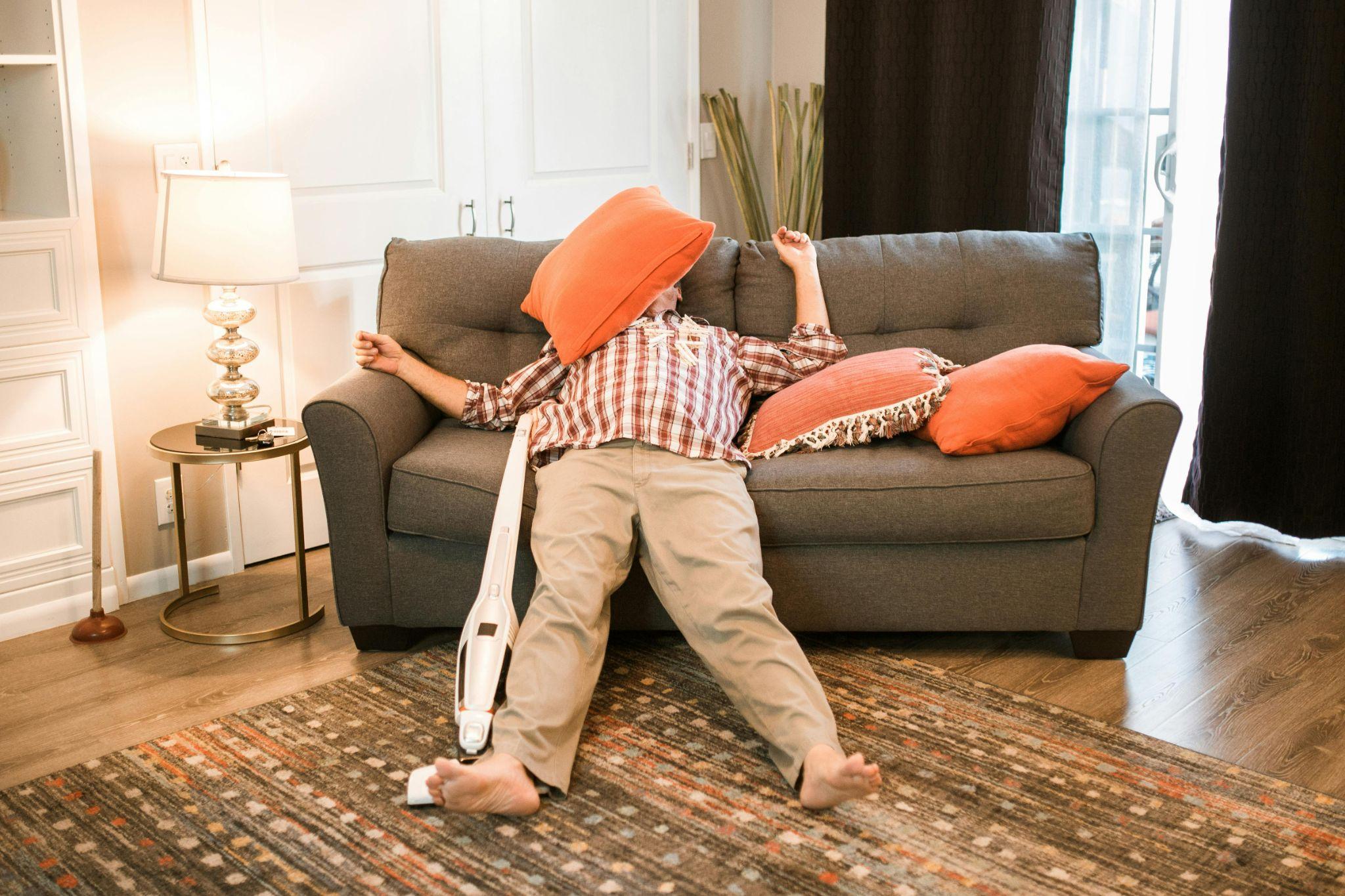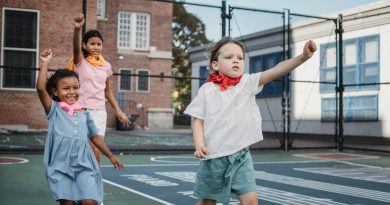The Hidden Benefits of Boredom: Why Kids Need More Unstructured Time
In an era where children’s schedules overflow with organized activities, tutoring sessions, and digital entertainment, boredom has become an endangered experience. Yet research increasingly reveals that the hidden benefits of boredom extend far beyond mere idleness. When children encounter unstructured time—those precious moments without predetermined activities or adult direction—they develop crucial skills that structured environments cannot replicate. According to the American Academy of Pediatrics, unstructured play and downtime are essential for building creative, resilient, and socially competent individuals. This article explores why boredom serves as a developmental catalyst, fostering creativity, resilience, emotional intelligence, and self-direction in ways that overscheduled childhoods simply cannot achieve.
Why Boredom Is More Than Idle Time
Contrary to popular perception, boredom isn’t a void to be immediately filled or a parenting failure requiring correction. Instead, it represents a developmental opportunity where children learn to generate their own purpose and momentum. When we reframe boredom as productive space rather than wasted time, we unlock its potential to shape independent, innovative thinkers who can navigate life’s inevitable empty moments with confidence and creativity.
Boredom as a Catalyst for Creativity
When external stimulation disappears, children’s imagination activates to fill the vacuum. Without preset instructions or digital prompts, young minds must generate their own entertainment, leading to remarkable creative breakthroughs. Research from the University of Central Lancashire found that boredom significantly enhances creative thinking and problem-solving abilities.
Creative outcomes that emerge from unstructured boredom include:
- Constructing elaborate imaginative worlds using household items, transforming furniture into castles or spaceships
- Inventing original games with unique rules, characters, and storylines that reflect personal interests
- Creating spontaneous art projects using unconventional materials—mud paintings, stick sculptures, or leaf collages
- Developing storytelling abilities through self-narrated adventures and make-believe scenarios
- Engineering solutions to self-created challenges, like building bridges for toy cars or designing marble runs
Encouraging Problem-Solving and Resourcefulness
The absence of structured activities compels children to become resourceful architects of their own experiences. When boredom strikes and no adult swoops in with solutions, kids learn to assess available resources, generate possibilities, and execute plans independently. This process builds executive function skills and adaptive thinking that transfer to academic and life challenges.
| Structured Tasks | Skills Developed | Unstructured Boredom Tasks | Skills Developed |
|---|---|---|---|
| Following instructions for craft | Compliance, fine motor skills | Creating something from random materials | Innovation, spatial reasoning |
| Organized team sports | Rule-following, physical fitness | Inventing outdoor games with peers | Negotiation, flexible thinking |
| Guided reading comprehension | Literacy, analysis | Making up stories spontaneously | Narrative structure, imagination |
| Structured music lessons | Technical proficiency | Experimenting with sounds and rhythms | Creative expression, intrinsic motivation |
Emotional and Cognitive Growth During Unstructured Time
Beyond creativity, unstructured time provides essential emotional and cognitive development opportunities that structured activities cannot replicate. The discomfort of boredom itself becomes a teacher, while the mental space it creates allows deeper processing of experiences and information.
Building Self-Regulation, Patience & Reflection
Experiencing boredom teaches children to tolerate discomfort without immediate external rescue. This tolerance represents a foundational emotional competency in our instant-gratification culture. When children learn to sit with restlessness rather than reflexively reaching for distraction, they develop resilience that serves them throughout life.
Emotional competencies gained through boredom include:
- Frustration tolerance – managing the initial discomfort without meltdowns
- Delayed gratification – waiting for satisfying activities to emerge rather than demanding instant entertainment
- Introspection skills – turning attention inward to explore thoughts, feelings, and preferences
- Self-soothing abilities – developing internal strategies to regulate emotional states
- Patience development – understanding that meaningful experiences often require time to unfold
Supporting Memory Consolidation and Mental Rest
Neuroscience research reveals that the brain’s “default mode network” activates during unstructured downtime, facilitating memory consolidation and creative problem-solving. When children aren’t constantly processing new input, their brains organize existing information, make unexpected connections, and consolidate learning. According to researchers at USC’s Brain and Creativity Institute, mind-wandering isn’t wasted mental energy—it’s essential cognitive processing that strengthens neural pathways and enhances future learning capacity. This mental rest proves as crucial as sleep for optimal brain development.
Social and Identity Advantages of More Free Time

Unstructured time doesn’t just build individual capacities—it creates space for social development and identity exploration that structured activities constrain. When children direct their own time, they discover who they are and how to navigate relationships authentically.
Autonomy, Agency & Self-Discovery
Free time provides the laboratory where children experiment with identity. Without adult-imposed agendas, kids explore genuine interests, test preferences, and develop self-knowledge. A child might discover they prefer solitary nature observation to group activities, or that they’re drawn to mechanical puzzles rather than artistic pursuits—revelations impossible when every moment follows external direction.
Questions parents can ask (without directing) to support self-discovery:
- What felt most interesting during your free time today?
- If you had tomorrow completely open, what would you choose to do?
- What surprised you about what you enjoyed or didn’t enjoy?
- When do you feel most like yourself?
Improved Social & Negotiation Skills through Child-Led Play
When adults step back, children must navigate social dynamics independently, developing negotiation, compromise, and collaborative skills. Unlike adult-structured activities with predetermined rules and referee-style intervention, child-led play requires kids to establish boundaries, resolve conflicts, and co-create experiences.
Example scenario: Four neighborhood children with two hours of unsupervised backyard time decide to build an obstacle course. They must negotiate which materials to use, whose design ideas to implement, how to handle disagreements about difficulty levels, and how to include a younger sibling wanting to join. Through this organic process, they develop empathy, leadership, followership, and conflict resolution—skills that adult-mediated activities inadvertently short-circuit.
How to Integrate Unstructured Time Without Chaos
Embracing boredom doesn’t mean abandoning all structure or creating household chaos. Strategic integration of unstructured periods within reasonable boundaries yields optimal benefits while maintaining family functionality.
Scheduling Downtime and Creating Boredom Windows
Paradoxically, scheduling unstructured time ensures it actually happens. Aim for daily unstructured periods of 60-90 minutes, plus longer weekend blocks. This consistent rhythm helps children anticipate and eventually embrace these open spaces.
| Day | Morning | Afternoon | Evening |
|---|---|---|---|
| Monday | School | Homework 3:30-4:30 / Free Time 4:30-6:00 | Dinner/Family Time |
| Wednesday | School | Free Time 3:30-5:30 | Activity 5:30-6:30 |
| Saturday | Free Time 9:00-12:00 | Lunch/Errands | Activity or Free Time |
| Sunday | Family Activity | Free Time 2:00-5:00 | Prep for Week |
Supporting Without Taking Over
The parental role during unstructured time requires scaffolding without directing—offering gentle support while resisting the urge to orchestrate or solve boredom for children.
Parent Do’s:
- Provide open-ended materials (art supplies, building blocks, loose parts)
- Ask curiosity-sparking questions rather than giving suggestions
- Tolerate mess and unconventional play within safety boundaries
- Validate the struggle of boredom while expressing confidence they’ll figure it out
Parent Don’ts:
- Don’t immediately offer solutions or activities when complaints arise
- Don’t hover or insert yourself into emerging play
- Don’t criticize or redirect creative choices that seem “pointless”
- Don’t rescue children from boredom discomfort too quickly
Screen-Free Boredom Guidelines
The greatest threat to productive boredom is the reflexive screen default. Establish clear expectations that unstructured time means unplugged time, allowing genuine boredom to work its magic.
Substitute materials and environments to offer instead:
- Cardboard boxes, tape, and markers for open-ended construction
- Natural outdoor spaces with minimal equipment
- Art supplies without instructions or models
- Loose parts like sticks, rocks, fabric scraps, and containers
- Musical instruments for experimentation
Common Objections & How to Address Them

Even parents convinced of boredom’s value often encounter resistance—from children and their own anxieties. Understanding and preparing for common objections smooths the transition to more unstructured time.
“But My Child Complains They’re Bored”
Complaints are normal and expected—they’re actually part of the process. Rather than viewing whining as failure, recognize it as the first phase of creative activation.
Strategies to reframe boredom:
- Respond with: “Boredom is your brain’s way of getting ready for something interesting”
- Normalize it: “Everyone feels bored sometimes—it means you’re about to figure something out”
- Offer starter prompts without solving: “I wonder what you could build/create/explore…”
Starter boredom prompts:
- Suggest drawing whatever comes to mind
- Encourage lying on the floor and daydreaming
- Propose a “materials hunt” to gather interesting items
- Mention that sometimes doing nothing leads to something
Fear of Wasted Time or Regression
Parents worry that unstructured time means developmental stagnation or academic regression. Evidence contradicts this fear—children with regular unstructured time demonstrate stronger executive function, enhanced creativity, and better emotional regulation than overscheduled peers.
Tips for gradual integration:
- Start with 30-minute unstructured blocks and gradually extend
- Document creative breakthroughs and problem-solving moments during free time
- Remember that cognitive development occurs during rest, not just activity
- Trust that children naturally seek challenge and growth when given space
Conclusion
The hidden benefits of boredom transform what appears as wasted time into crucial developmental real estate. Through unstructured periods, children build creativity, emotional resilience, autonomy, problem-solving skills, and social competence—capacities that no amount of organized activities can fully replicate. While our culture pressures parents to fill every moment with productive pursuits, the evidence increasingly supports a counterintuitive truth: sometimes the most productive thing we can offer our children is absolutely nothing. Experiment with gifting your kids more unstructured time, resist the urge to rescue them from boredom’s initial discomfort, and observe the remarkable growth that emerges when children discover their own capacity to direct their lives with purpose and imagination.



